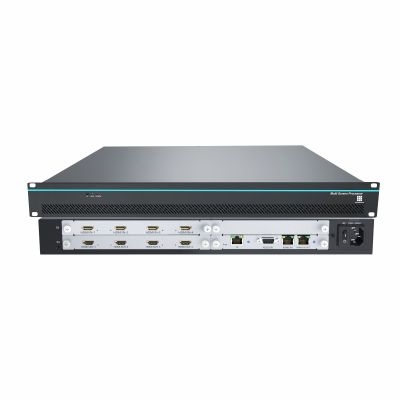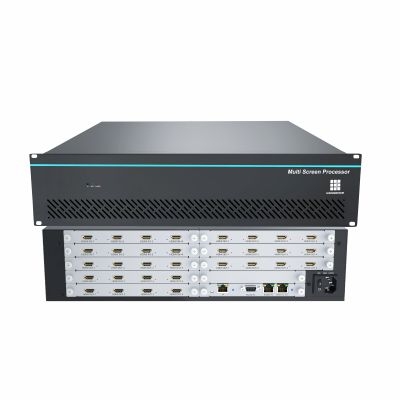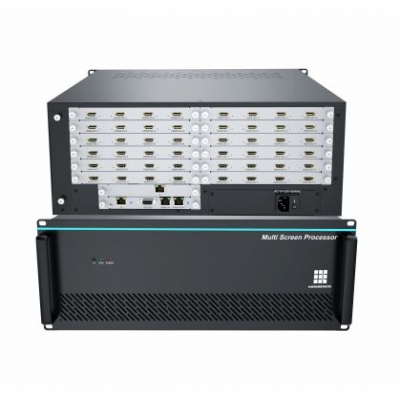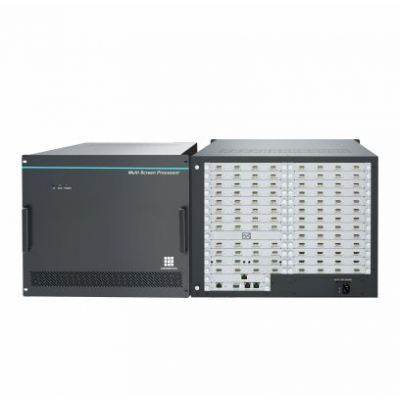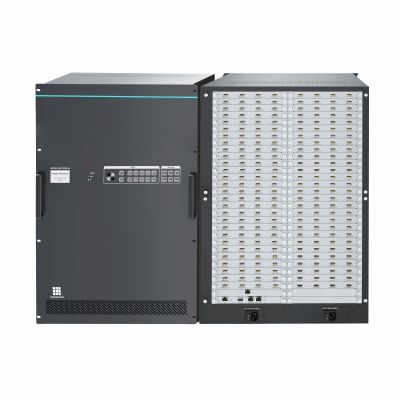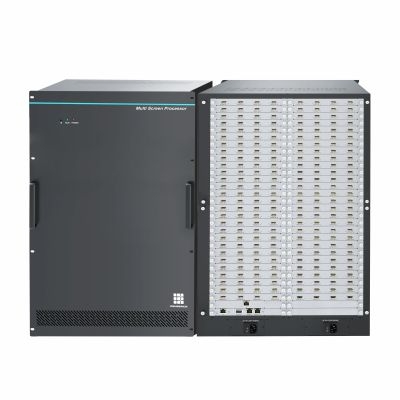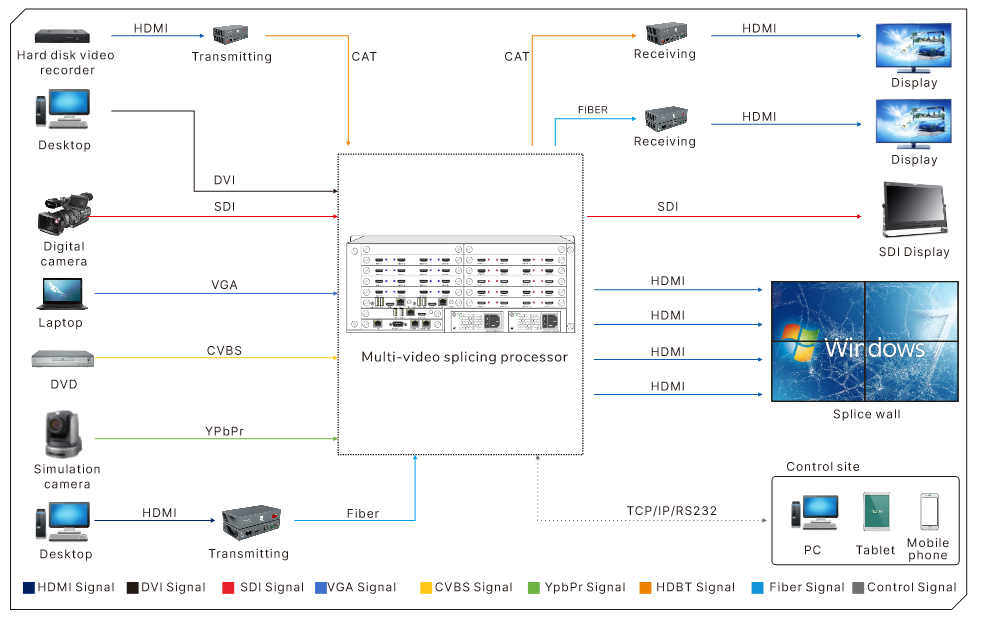MVP series Multiview Video Wall processor adopts pure hardware architecture, without CPU and operating system, and fully uses embedded professional video image processing equipment with independent intellectual property rights. Guided by industry digitalization, networking, intelligence and other major trends, it provides complete solutions for all walks of life. MVP uses the professional and mature FPGA technology platform as the core processing layer, integrates typical application functions in the industry, and realizes the collection of various video signals, real-time image processing of special digital signals with ultra-large resolution, and IP streaming Media decoding, finally high-definition video signal, acquisition, real-time processing, and finally sending to the display terminal is a complete system architecture. At the same time, the MVP series has the ability of ultra-large-scale splicing display, and can support multiple Channel signal display, and the ability to customize the input/output resolution and other functions, can finally meet the different needs of industry customers from all angles to the greatest extent.
Features
Adopts pure hardware FPGA array backplane computing and switching technology, does not require any operating system support, can work after power-on, fast startup speed, high stability, no crashes, black screen phenomena, and startup time <10S;
A variety of chassis combinations, supporting a maximum of 144 inputs or 144 outputs, with a total of 224 channels, and mixed plug-in cards are supported;
Plug-in card design, the main modules such as input and output boards and control boards adopt a plug-in card design, which is convenient for expansion and maintenance;
Multiview Video Wall processor Support matrix switching, integrated matrix function inside the processor, support single signal source to open multiple windows to display at the same time.
Customized user scenarios, 128 user-defined scenarios, support quick switching of scenarios, one-key call.
Support group management of 4 groups of display walls, support multiple groups of display layouts with different resolutions and splicing modes; signal sharing between groups of screens facilitates user management;
Supports pre-operation mode. After enabling this function, the operations in all windows will not take effect immediately.
After clicking Confirm, all operations will take effect at one time;
Support custom protocol control, loop out control screen and other third-party serial devices;
Support secondary development and provide third-party user control protocols and interfaces;
Flexible multi-layer display, a single output card supports 8 2K layers and 2 4K layers; a single screen supports a maximum of 8 2K layers;
Rich input and output interface types, input supports a variety of video signal source types: HDMI, DVI, VGA, CVBS, YPbPr, SDI, HDBaseT, DP-4K, HDMI-4K, IP decoding, information release card, screen projection card, audio input;
Output supports a variety of video signal source types: HDMI, DVI, VGA, CVBS, AV, SDI, HDBaseT, audio output;
Supports automatic detection of input signals, real-time detection of whether there is signal access to each input port, and the input board indicator and software have status indications;
Support arbitrary windowing, roaming, and overlay of signal screens; support output port mapping to achieve blind insertion;
Support seamless switching, the device integrates a high-definition signal processing mechanism to ensure that there is no delay, no blue screen, no black screen and other intermediate transition states during signal switching;
Supports true 60Hz image input and output processing, internally adopts RGB444 lossless processing to ensure 100% image restoration, no color cast and no distortion;
Support 1920x1080@60Hz, 1920x1080@30Hz, 1366x768@60Hz, 1280x720@60Hz, 1024x768@60Hz and other conventional resolution output, support custom resolution output, limit width: 2048, limit height: 1920;
Support real-time image processing functions such as black edge removal (arbitrary cropping of the input image), edge masking, area enlargement, etc., which can be added as input sub-signals;
Product parameters
Application Example
